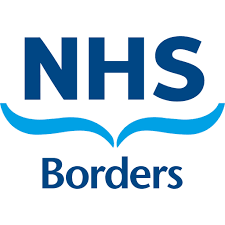Medically assisted hydration via subcutaneous infusion in palliative care is provided with the intent of improving quality of life. Some indications when considering subcutaneous fluids are irreversible dysphasia, irreversible bowel obstruction, and symptomatic
dehydration secondary to high GI output, or myoclonic jerks and sedation secondary to opioid toxicity. The literature does point to the burdens of subcutaneous infusion treatment such as oedema, site inflammation, ascites and effusions and this should be
taken into account when taking the decision around subcutaneous infusion. Good mouth hygiene is paramount and should be the primary management before considering any assessment for subcutaneous fluids.
The Scottish Palliative Care Guidelines (2019) provides a flowchart when assessing for the potential benefits and burdens on an individual basis.
The decision to initiate or discontinue subcutaneous infusion at end of life should be taken by the clinician in charge of the patients care and must be based on consideration of the needs and circumstances of the particular individual. Decisions should be promptly communicated and carefully explained to family and loved ones, and decisions should be reviewed regularly.
Hydration is often an emotional topic for families and patients when approaching end of life. There is a necessity for ongoing sensitive discussions about goals of care and realistic expectations of treatment. The views of the patient and any advanced care
planning should be considered throughout, and support for the carers when these decisions are being made is essential (Scottish Palliative Care guidelines 2019).
This guideline can support the use of SC fluids in the community only where the patient is thought to be in the last days to weeks of life and hospital admission is not clinically indicated or not wished by the patient. If the clinical assessment is that hospital admission is indicated for parenteral hydration then this should be discussed
with the patient. This should not be used to delay an indicated hospital admission. If the patient has made an informed decision not to be admitted to hospital then the
option of SC fluids should be considered by the clinician. SC fluids are not appropriate for all patients and will not reverse established dehydration/ acute kidney injury (Guideline for the Administration of Subcutaneous Fluids in a Community Setting During the Last Weeks or Days of Life, 2017).

